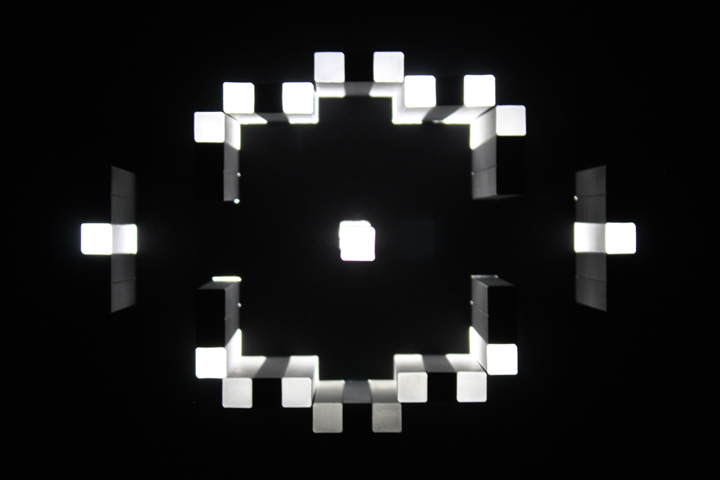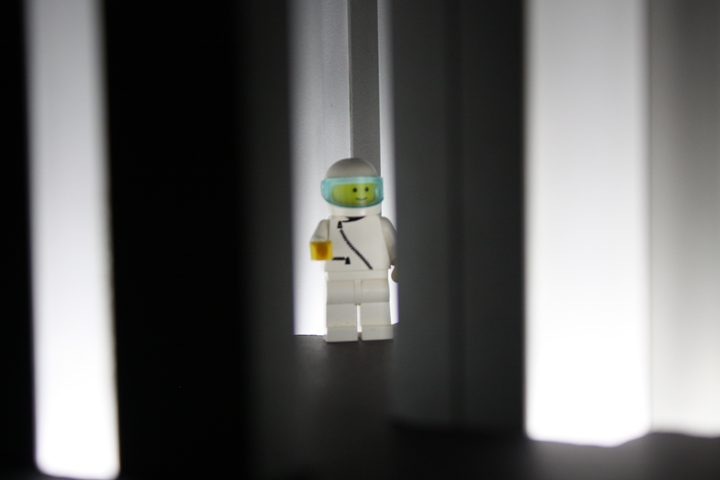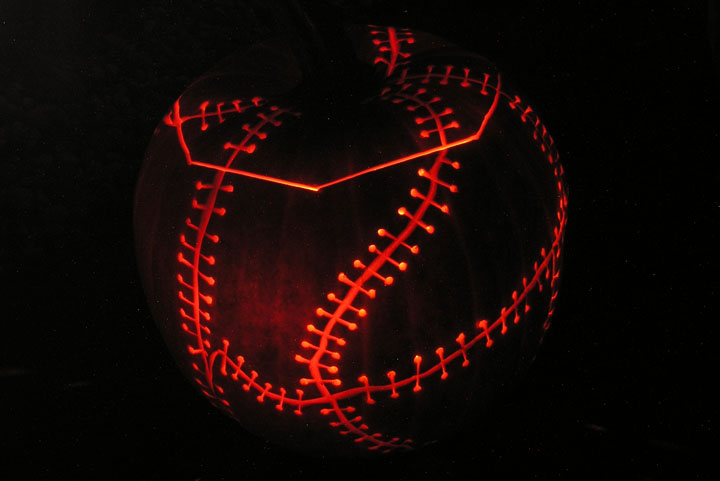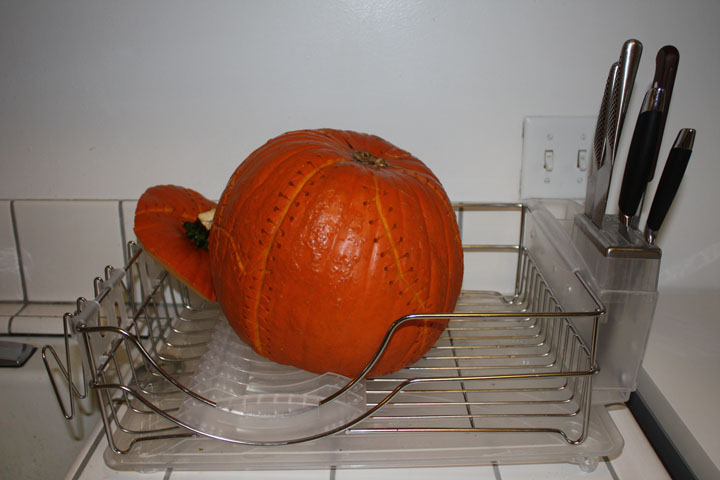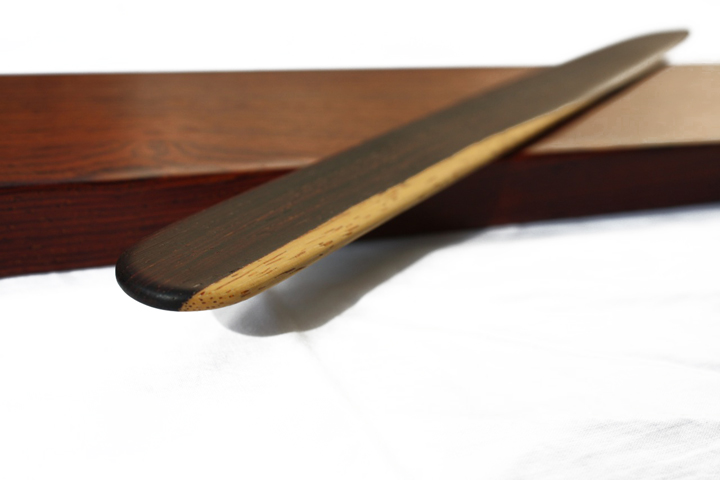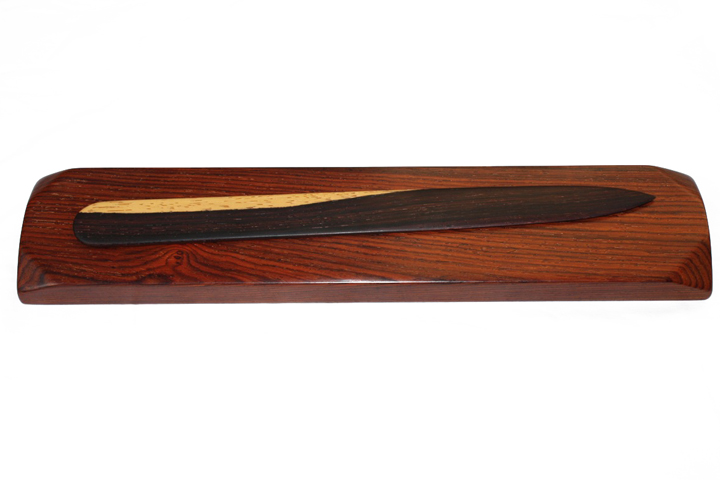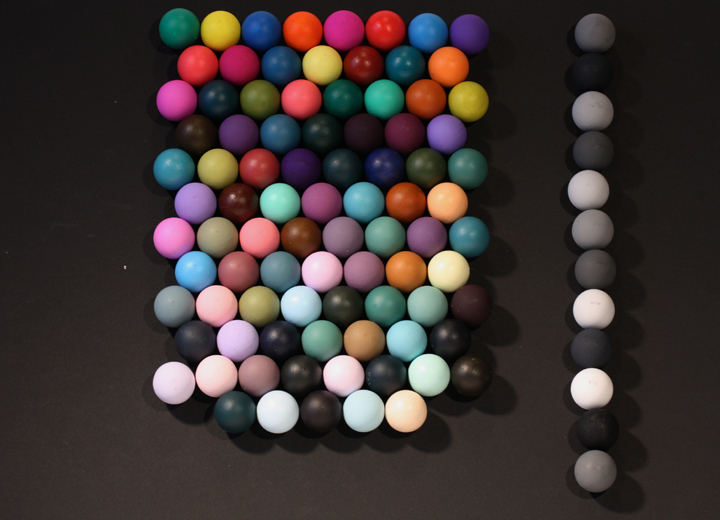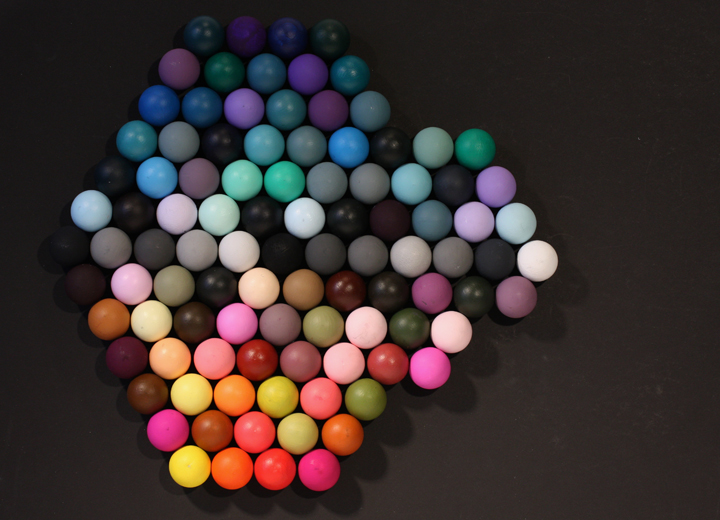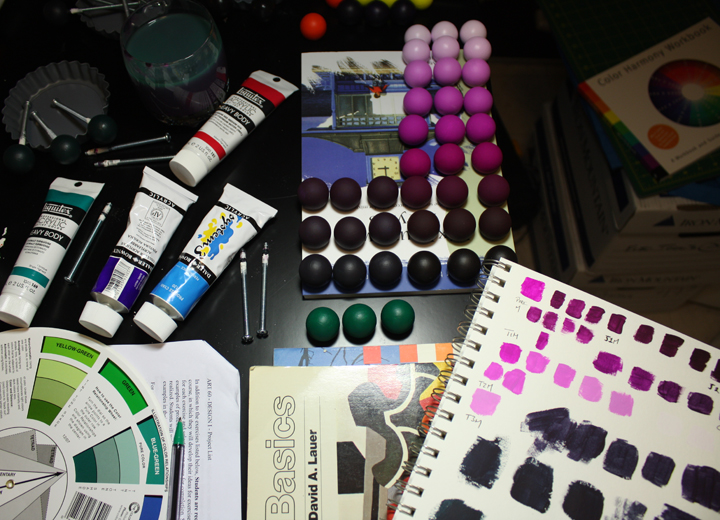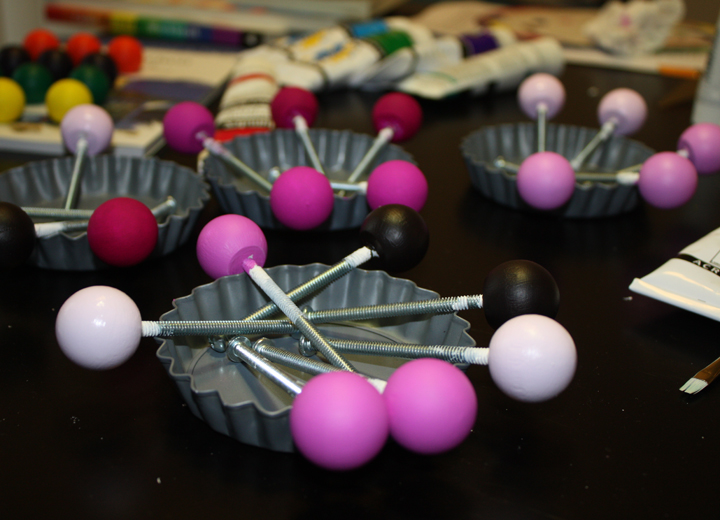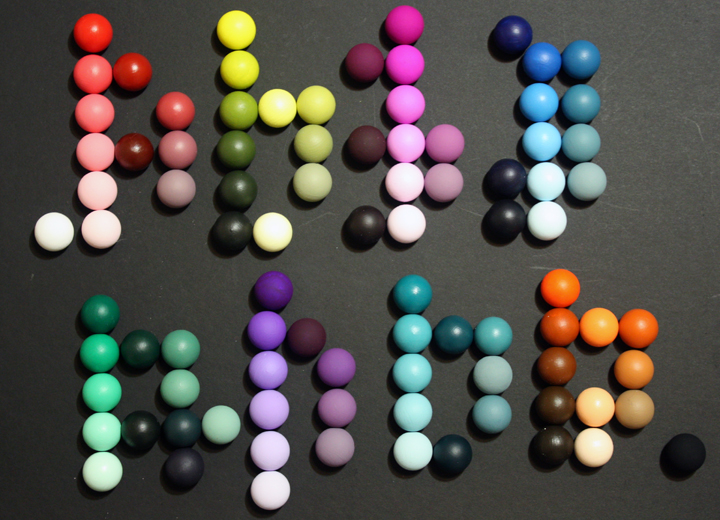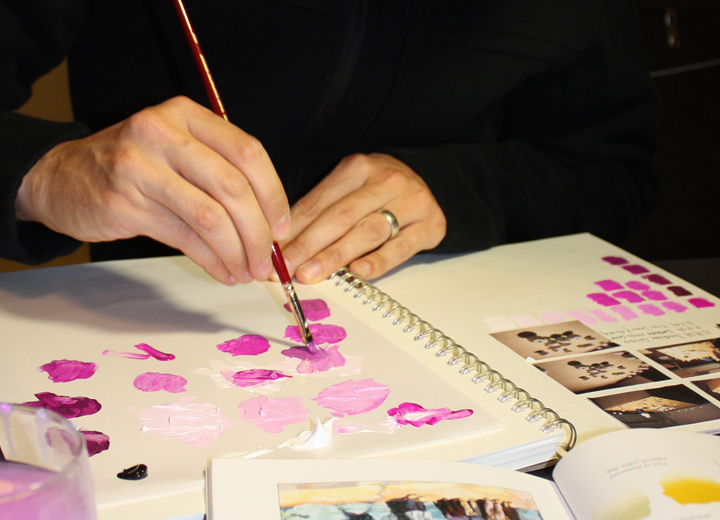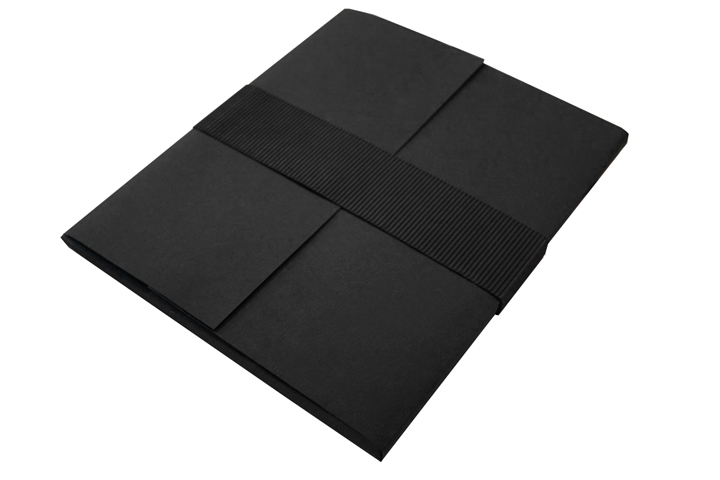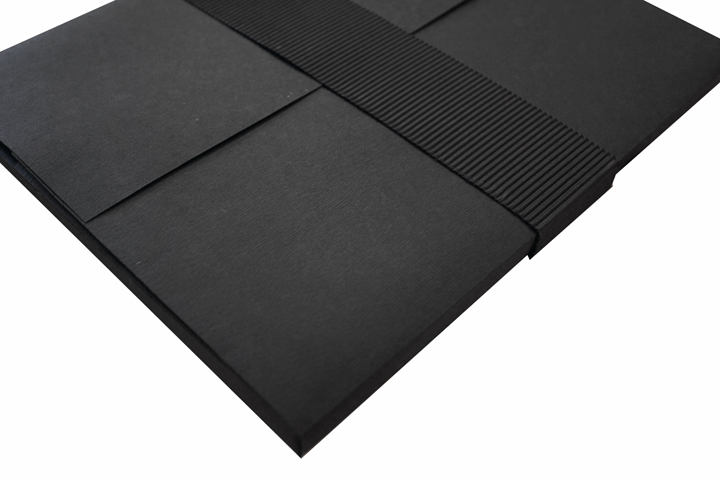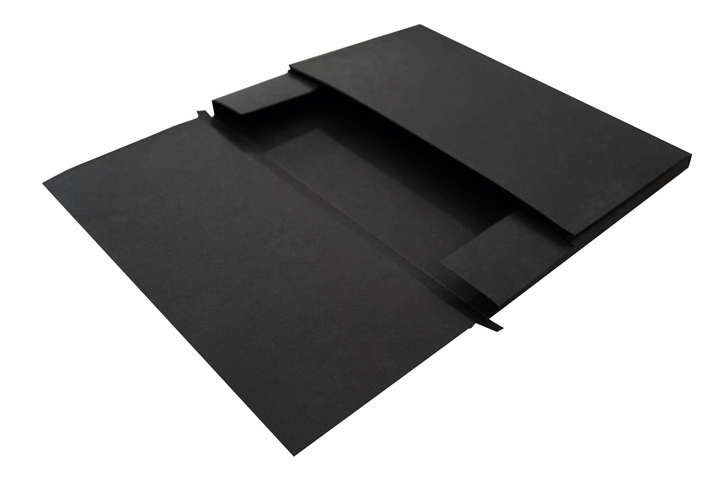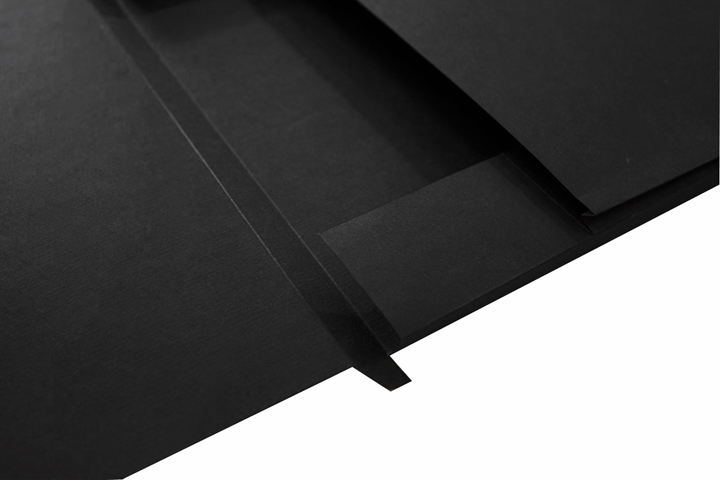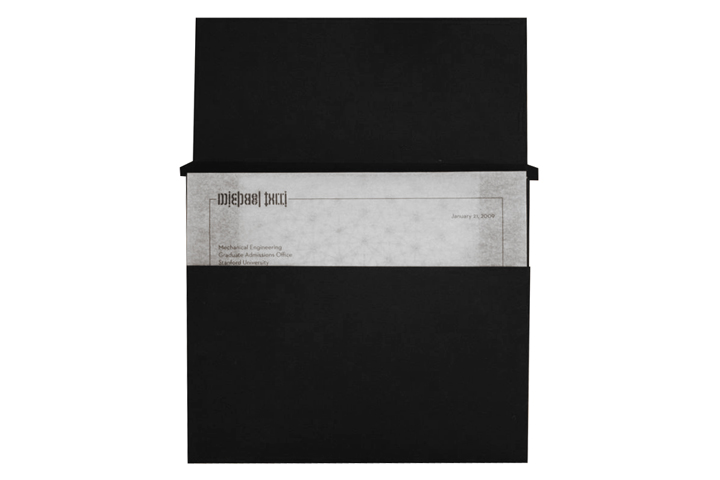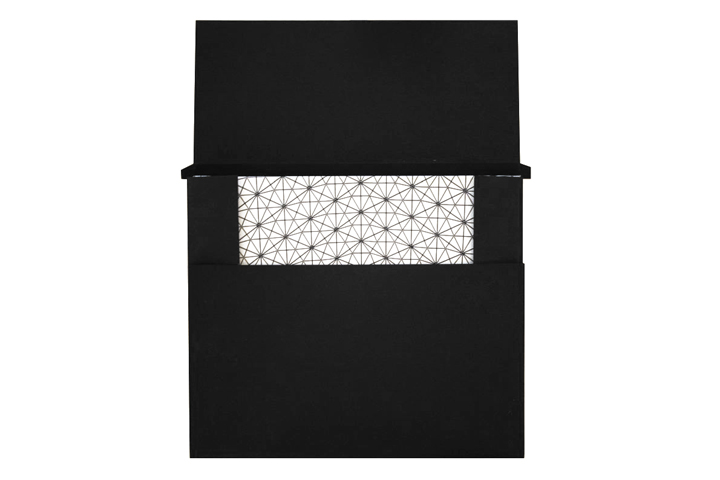Brand Identity: Polaroid Logo (2009)
11 x 17 Printed Poster
A Polaroid was my first "real" camera and I loved it. I used it overwhelmingly to document my myriad Lego creations. Unfortunately, these photos have not yet "turned up."
Despite many corporate missteps over the years, Polaroid has enjoyed a cult following and seems to be rounding the corner. Charles + Ray Eames even made a great film about the seminal SX-70 (below). I wanted to create a corporate identity that I felt accurately reflected my admiration for the brand.
This identity concept is actually a riff on the geometric construction of a root spiral (Spiral of Theodorus). I segmented the design to create a greater sense of motion and used the composition to explore color mixing. I am especially fond of the way the orange and purple hues blend at their boundaries.
UX + Product Design: DigiPen (2009)
Created for Stanford University's Human Values and Design Innovation class (ME313), DigiPen is a conceptual interactive surface input device designed to promote effective collaboration among junior high and high school students.
The following presentation details the research and ideation underlying this concept.
DigiPen was a collaboration with Purin Phanichphant and Christin Staubo.

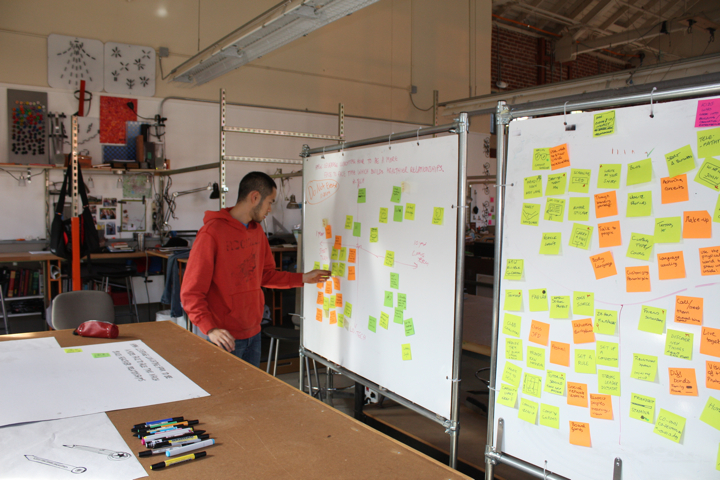
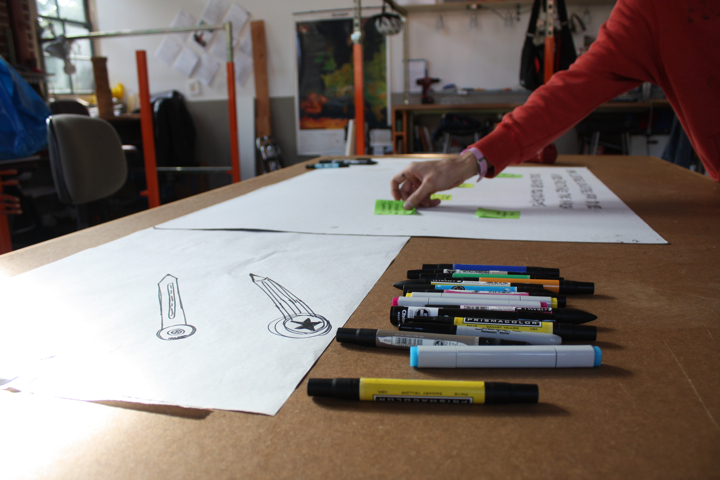
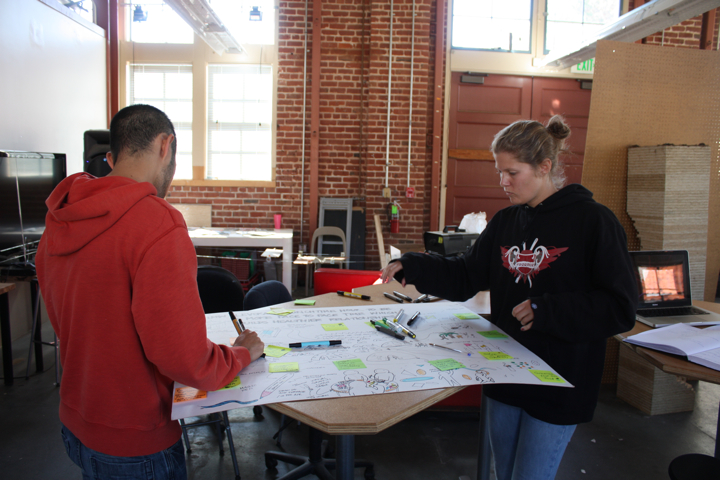
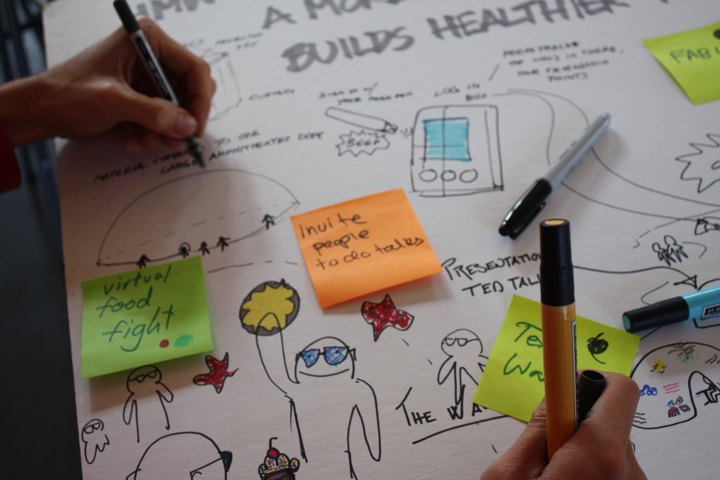
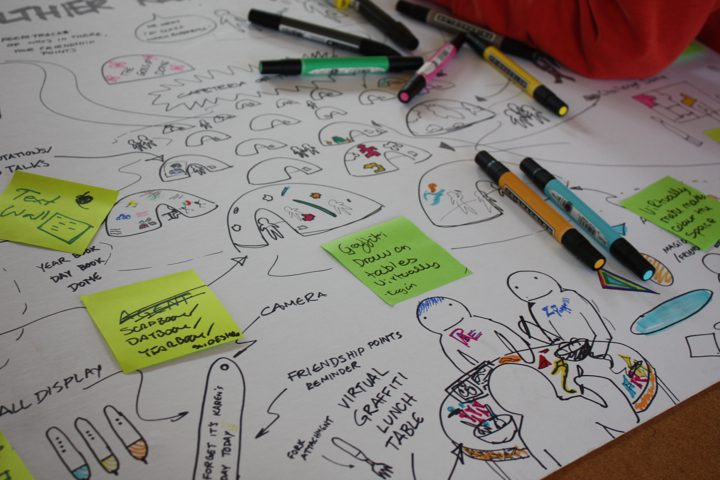
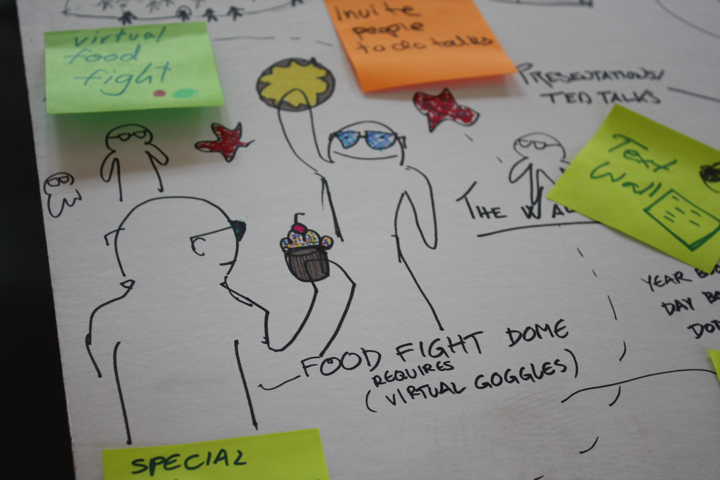
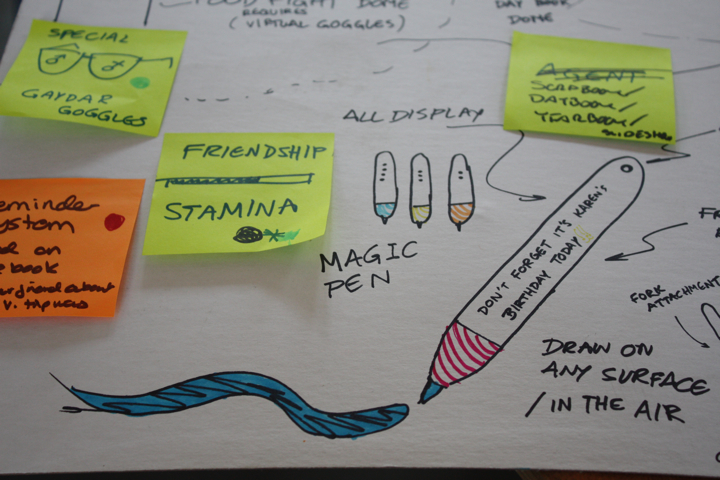
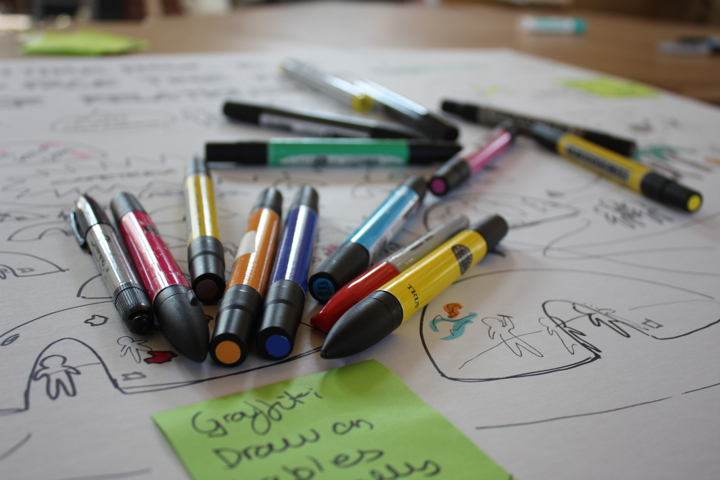
UX: Food Network App (2009)
Created during Stanford University's Human Values and Design Innovation class, Bodega is an iPhone app designed to help people organize and share recipes between friends as well as access media-rich educational and entertainment content on the Food Network. The objective of the project was to use technology to reconnect people with food and increase nutritional intelligence.
The following presentation details the research and ideation underlying this concept.
Bodega was a collaboration with Kai Ding and James Thompson.
Art: Jack-O-Lantern (2009)
Pumpkin + Candle
Halloween pumpkin carving is a long-standing tradition at the Stanford Design Program. First year graduate students carve one (or more) as part of their ART 60 class and everyone takes their creations to professor emeritus Matt Kahn's house for the annual party.
The unique look of this pumpkin was crafted through various techniques. The translucent areas were carved out to an airy thinness to illuminte the texture of the pumpkin's flesh. The scars and sutures were carefully cut through only the rind, while the suture holes were punctured clean through with a cordless drill.
T-Shirts: Icons (2009)
His and Hers hand-cut felt appliqué t-shirts designed for The Design Loft "Icon" Halloween Party in 2009. Collaboration with Jennifer Marie Heinegg (aka Wifey).
Desk Accessory: Letter Opener + Stand (2009)
Cocobolo.
In the age of email, receiving a handwritten letter is particularly delightful. I crafted this cocobolo letter opener to heighten the anticipation and tactile aspects of that experience.
Study: Color (2009)
Stanford's ARTSTUDIO60 class is a contemporary take on The Basic Course at the Bauhaus as taught by Johannes Itten. It is a rite of passage in the Stanford Design Program. 300 Objects, is essentially a color theory exercise in which students paint 300 small objects and arrange them in three different patterns using 100 objects per pattern. The goal is to give students a more intuitive understanding of color and a language in which to communicate it.
Process shots below.



